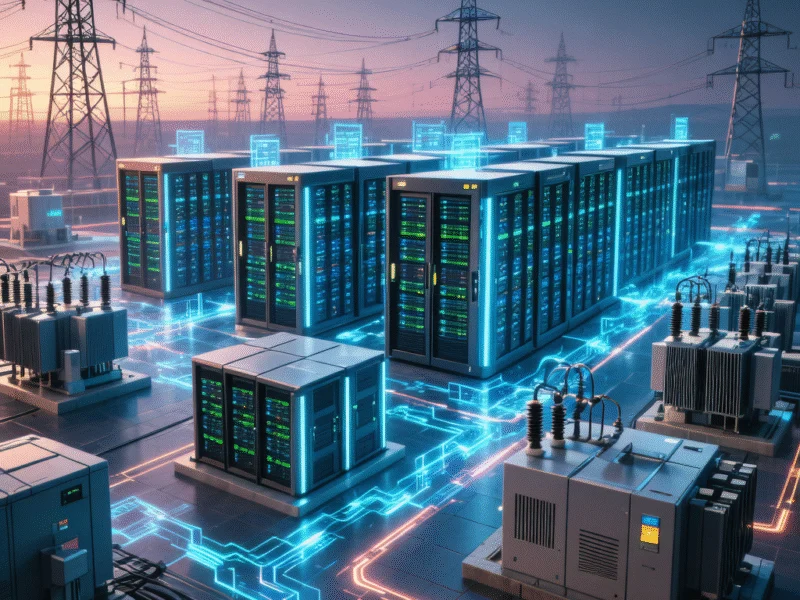AI Emerges as Primary Electricity Consumer in North America
According to a comprehensive new energy report, artificial intelligence is positioned to become the dominant driver of electricity consumption across North America over the coming five years. This significant shift comes as technology giants including Meta, Amazon, Google, and OpenAI accelerate construction of massive data centers throughout the United States to support their expanding generative AI capabilities.
The Growing Environmental Footprint of AI Infrastructure
These specialized data centers, which house thousands of computers processing everything from AI model training to handling user requests for services like ChatGPT, Gemini, and Sora, are creating substantial environmental demands. Beyond consuming massive amounts of electricity measured in megawatts, these facilities also require millions of gallons of water for cooling and occupy thousands of acres of land.
Global energy consultancy DNV projects that by 2040, data center energy usage worldwide will increase fivefold, representing 5% of all electricity consumption. This includes both general-purpose facilities supporting cloud storage and video streaming, along with AI-dedicated data centers. Artificial intelligence is expected to account for more than half of this global data center energy demand.
North America’s Disproportionate AI Energy Impact
While the global average shows significant growth, the North American situation appears particularly pronounced. DNV’s analysis indicates that AI data centers alone will consume 12% of North America’s total electricity by 2040. This projection underscores the region’s central role in the AI infrastructure expansion and highlights the need for strategic energy planning.
The original analysis, which provides detailed insights into AI’s energy implications, was published by our monitoring division and offers comprehensive data on this emerging trend.
Broader Energy Transition Context
DNV’s broader assessment of the global transition to cleaner energy sources reveals that current progress remains insufficient to meet Paris Agreement climate goals. The world continues to move too slowly toward achieving net-zero emissions and preventing dangerous warming levels this century.
Recent policy developments in the United States have emphasized accelerating AI infrastructure development, with regulatory considerations taking secondary priority. However, despite these regulatory shifts and AI’s rapid advancement, DNV forecasts global emissions will decline by 63% by 2060.
Global Energy Dynamics and Future Projections
The United States, representing approximately one-seventh of global primary energy consumption, significantly influences the overall energy landscape. Meanwhile, China’s substantial decarbonization efforts, combined with its export of low-cost electrical technologies to other regions, continue to drive global clean energy adoption.
Chinese clean technology exports are proving instrumental in advancing the energy transition across international markets, according to the report’s findings.
Long-term Energy Demand Patterns
Despite current exponential growth, AI’s energy consumption is expected to follow a more linear growth pattern over time. Interestingly, even by 2040, DNV projects that AI’s power requirements will remain smaller than those for electric vehicle charging and space cooling applications globally.
This evolving energy landscape underscores the importance of monitoring AI’s environmental impact while balancing technological advancement with sustainable energy practices.


